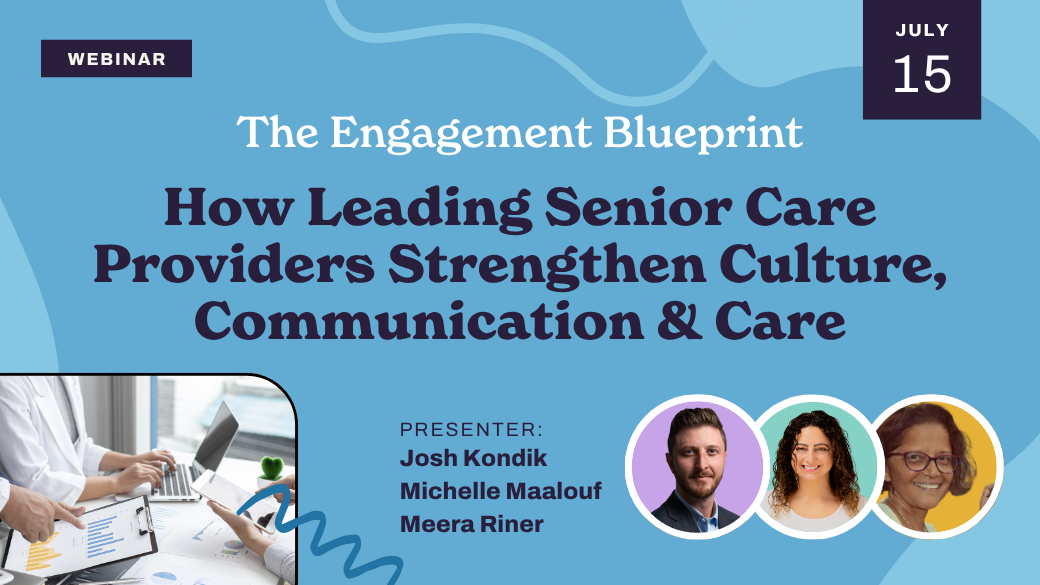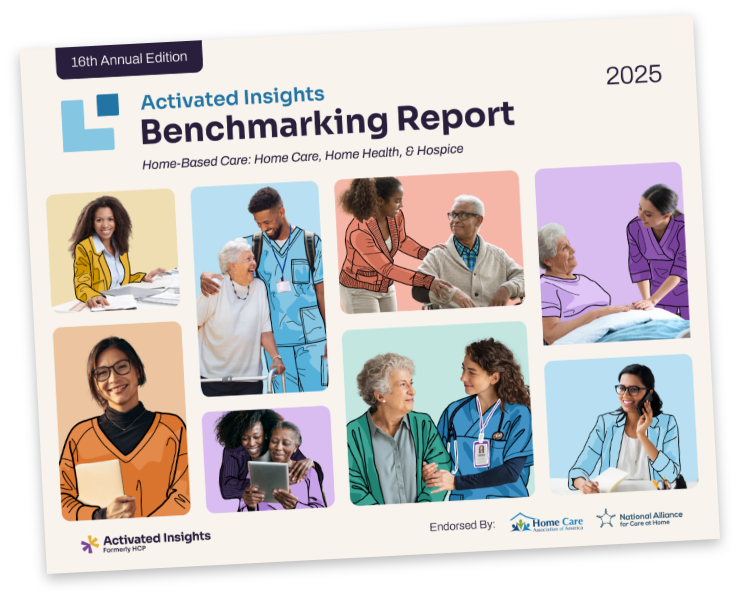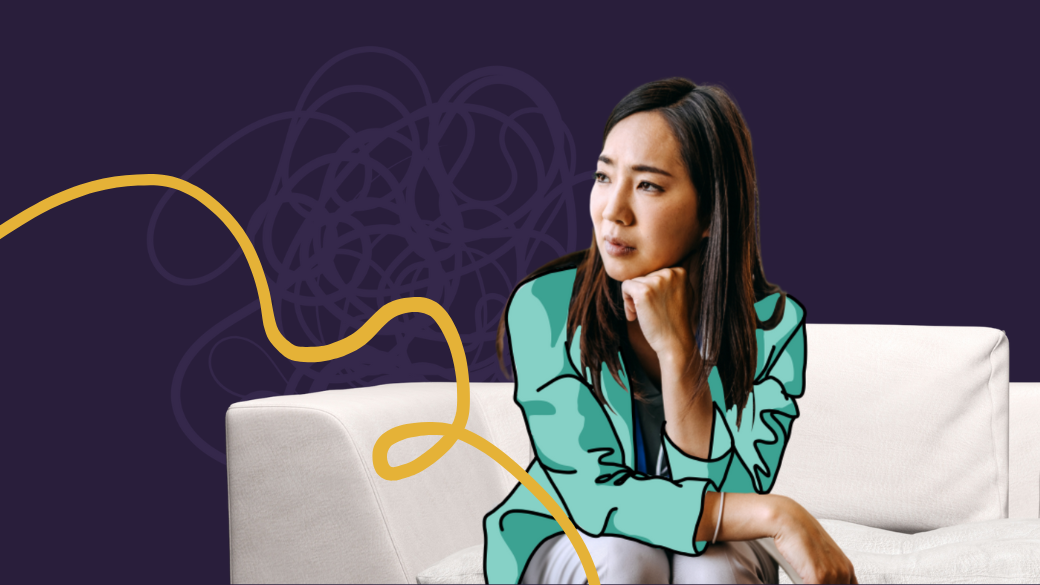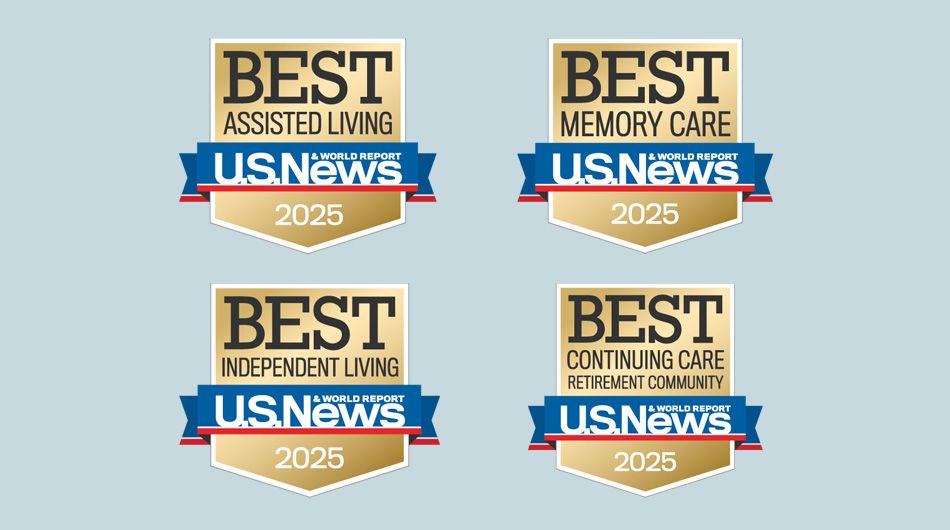If done well, end-of-life education explains gently, in simple terms, not just what happens when death is near but what a person looks like, as well as what they will probably do in the months to minutes before death. When healthcare professionals are educated in signs of approaching death and what to do as death is approaching, everyone will be on the same page of care.
Note: This article was originally published in the 2024 Activated Insights Benchmarking Report.
Everybody dies. It used to be that grandma lived with us and died in the upstairs bedroom. We were there. We watched death come. We learned how people die.
Today, grandma lives in a senior citizen community, then moves to assisted living, and finally to a nursing facility. That is where she dies. If she is lucky, family will be there, but for most they probably won’t. We don’t have the contact, personal association, or knowledge of how death comes. We haven’t learned how dying happens.
People don’t die like they do in the movies. There are no profound last words or closing of the eyes. Dying can be untidy, noisy, long, and scary if we don’t know what is normal and not normal.
Enter end-of-life training. If done well, end-of-life education explains gently, in simple terms, not just what happens when death is near but what a person looks like, as well as what they will probably do in the months to minutes before death.
There are only two ways to die: fast or gradual. Fast is sudden; a person is alive one minute and dead the next. Gradual death occurs either because of disease or simply old age. Gradual death takes longer. There is a process, and there are patterns to look for that help you gauge where you are in the timeline. These patterns can also help you distinguish between normal and pathological processes.
Noticing the Patterns of Approaching Death
Our healthcare system tends to concentrate on keeping people alive. It teaches us how to keep a body going even when it can’t be fixed or is just wearing out from living a long life.
Our healthcare system doesn’t spend much attention on what to do when a person can’t be fixed. It doesn’t address how to help a person live the best they can until they can’t.
When healthcare professionals are educated in signs of approaching death and what to do as death is approaching, everyone will be on the same page of care. The list of “healthcare professionals” who should be educated on end-of-life care is extensive. It includes those in expected roles, such as physicians, nurses, nurse aides, social workers, and counselors. It even includes physical, speech, and occupational therapists. And yes, office workers, receptionists, and cleaning and kitchen staff should also be educated.
With proper training, everyone will understand that food is not needed as it once was, that sleep increases, and that socialization diminishes. When everyone understands what dying and death look like, there will be continuity of services that address all patient and family needs.
Many eyes will observe and understand when and how to shift care. Most importantly, proper end-of-life training also alleviates fear. I should mention fear regarding dying and death. Because of our lack of knowledge of what dying and death looks like, no matter our role in healthcare, we may, and probably will, bring fear to the bedside in the care we give.
End-of-life knowledge:
5 End-of-Life Areas to Address When Training Employees:
To be sure your employees receive quality training about death and dying, here are five things to consider:
Because of our lack of knowledge of what dying and death looks like, no matter our role in healthcare, we may, and probably will, bring fear to the bedside in the care we give.
About the Author
Barbara Karnes is an award-winning end of-life educator, award-winning nurse, who won the NHPCO Hospice Innovator Award in 2018, and was the 2015 International Humanitarian Woman of the Year! While at the bedside of hundreds of people during the dying process, Hospice Pioneer Barbara Karnes noticed that each death was following a near-identical script. Each person was going through the stages of death in almost the same manner, and most families came to her with similar questions. These realizations led Barbara to sit down and write Gone From My Sight, “The Little Blue Book” that changed the hospice industry.
Related Posts











